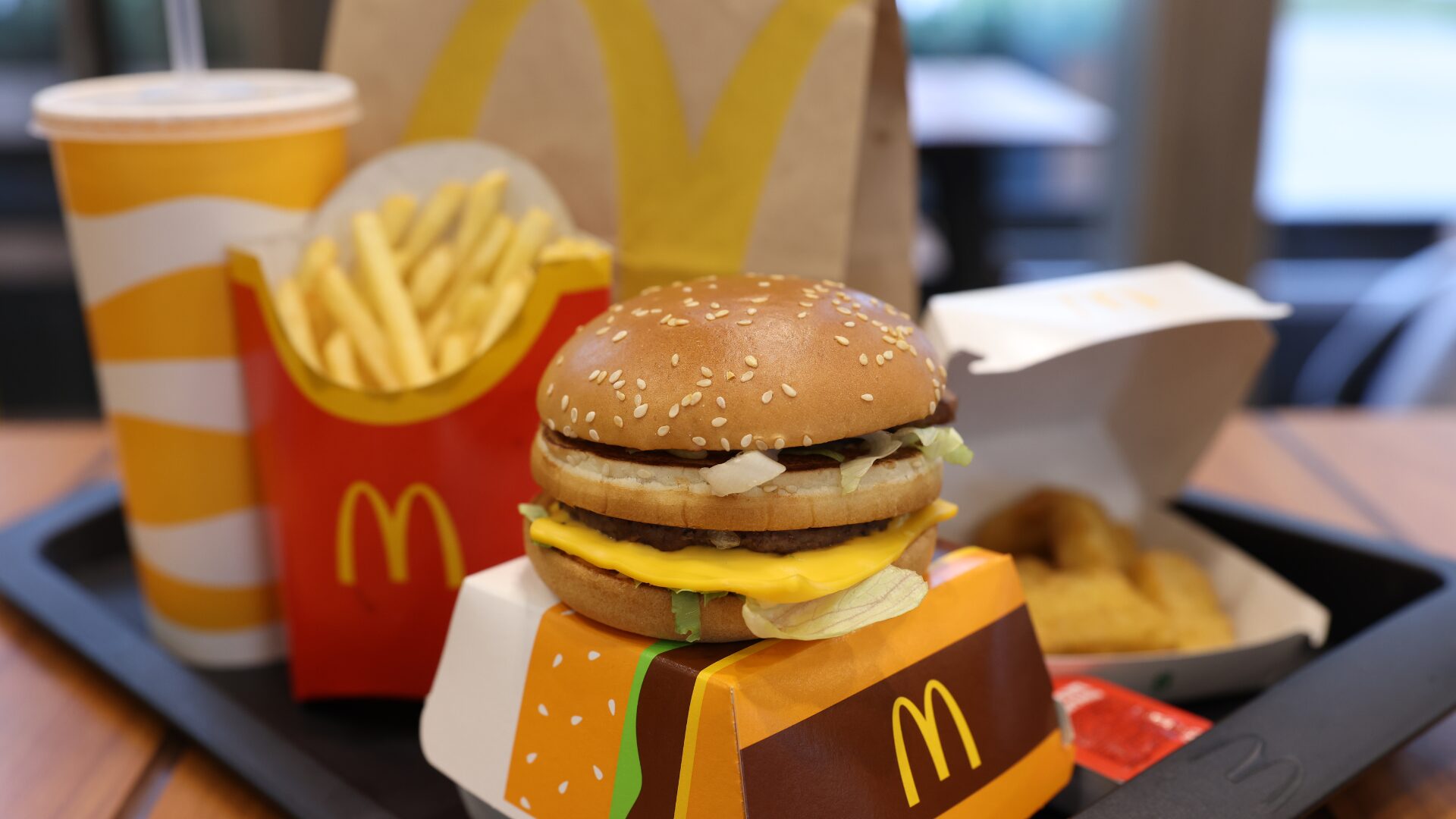Shorter attention spans and higher expectations have made it harder for retailers across the industry—grocers included—to capture the interest of the modern consumer. While it can be tricky to connect with today’s busy, price-conscious shopper, a fresh approach to marketing can help both grocers and brands reach their customers in a more authentic and interesting way, according to Retail Brew’s Meeting the Modern Consumer webinar.
The first step in designing a modern marketing strategy is understanding what your audience is looking for in the messaging. Premium canned water brand Liquid Death recognizes that many shoppers are turned off by traditional marketing campaigns, and so the brand focuses on quirky content through mediums like social media that break outside the usual marketing box.
“The thing that we’re pretty great at Liquid Death is making hilarious content, whether it’s ourselves or with influencers,” said Daniel Murphy, SVP of Marketing at Liquid Death, during the webinar. “We hate marketing as much as you do, so we don’t do it. We do fun content. The consumer runs across something fun from an influencer, and the message is clear and direct in this case. Hey, you know, you can get a couple of bucks off of a Liquid Death case next time you go pick one. The process is absolutely simple for people to find that compelling.”
The marriage of simplicity and technology is essential to Liquid Death’s outreach. For instance, the brand has run a promotion during which customers can buy a case of water at the store, take a picture of the receipt, and text it to the company to immediately receive a rebate through Venmo. Unique, easy-to-use promotions like this can turn regular customers into brand evangelicals without the need for influencers, according to Murphy.
Data Can Help Dictate Sales
Of course, not every company has a customer base as tech-savvy or responsive to humor as those who champion Liquid Death. This is where analytics come into play, according to Murphy. Companies that use data to understand their shoppers—grocers in particular—have plenty to work with due to their loyalty programs and are at a strong advantage when crafting campaigns that resonate with their interests.
“We win by understanding a lot more about each person,” said Murphy. “Where are they purchasing when they make a purchase? What else was in their cart? That tells you a lot of interesting information. But we also can see what messages resonated the most, the influencers who were more humorous or targeted to a certain audience. We track what the best message was down to conversion, and then the data after the fact is super valuable for us to learn more about the customer.”
However, companies looking to track metrics need to understand the entirety of customer behavior. Not every engaging piece of content leads to a high conversion rate, according to Benoit Vatere, CEO of Mammoth. Awareness is important, but marketers also need to be aware of whether that is translating into actual sales. The key is to find the right combinations of offers and messaging that rank highly on both metrics.
“Smart marketers are always looking at awareness versus transaction, though it is difficult to really measure both,” said Vatere during the webinar. “Now we can, and what is clear now is the one that brings the most awareness and not necessarily the specific piece of content that will get people to walk into the store. Now, once you have that piece, if you can build some very comprehensive campaigns that makes both.”












